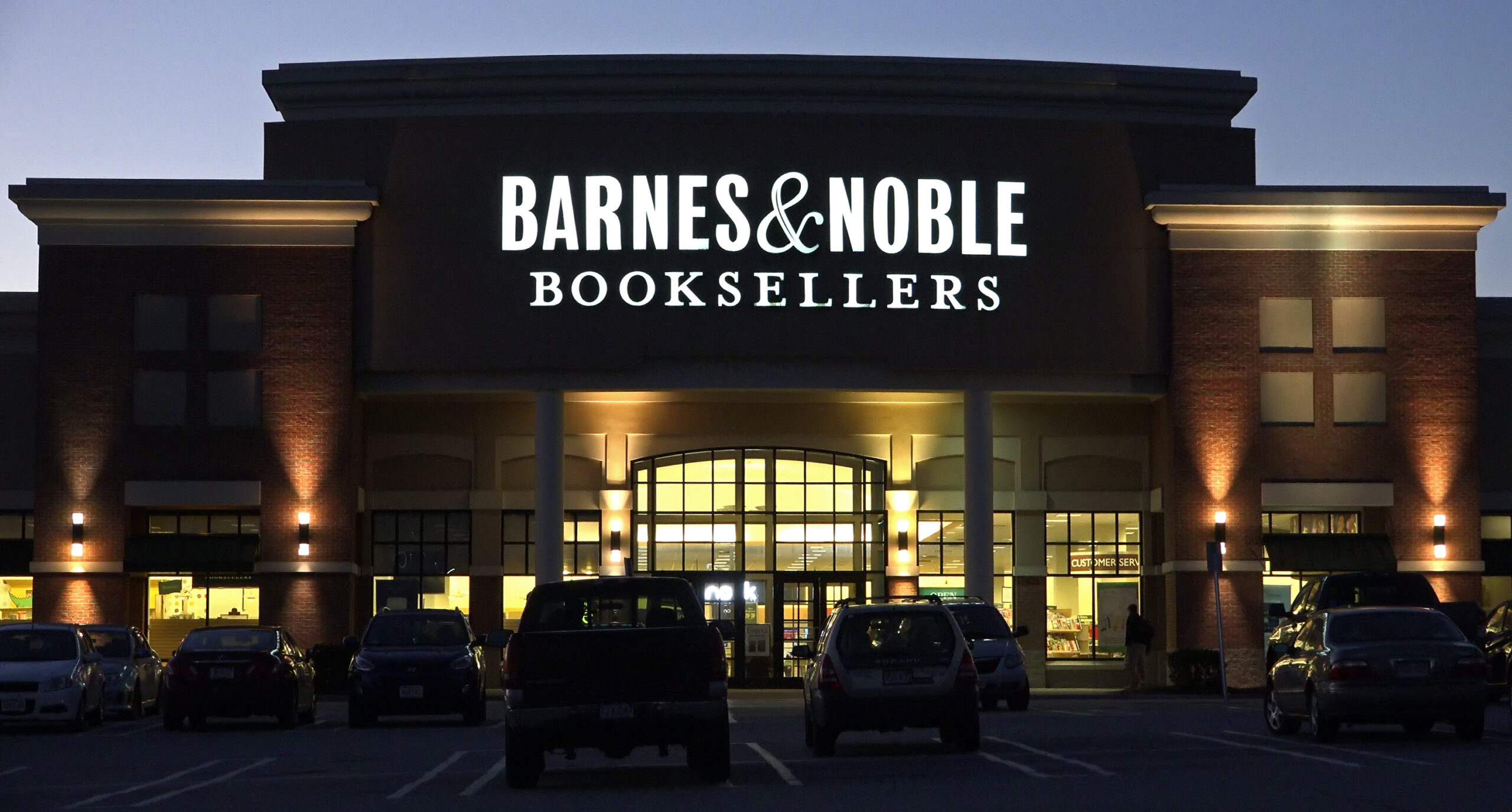With giants like Amazon leading the sale of books in all their forms – digital and print, alike – you might be tempted to think that all bookstores are going the way of the dodo. But Barnes & Noble’s tale from the comeback trail has been nothing short of a revelation. As we checked in on B&N in 2021, the seeds of change had been planted but had yet to fully bear fruit. After hiring James Daunt as CEO in 2019, the book brand continued to close underperforming locations searching for efficiencies; struggled to gain traction in the eBook era; and remained an unfocused brand with seven years of declining revenue.
Simultaneously, all was not rosy in the digital world, either. Streaming and social platforms were struggling. “All the cool and up-to-date technologies are in financial trouble,” finds Ted Gioia in his exploration of the Barnes & Noble turnaround. “Crypto is in decline. Netflix stock has dropped more than 50% in the last year. Even TikTok might be in trouble.” So, if it’s not novel ideas, digital technology and social buzz that fuel today’s best brands, what works? Turns out love does. While many retail industry watchers might have been quick to count B&N out, they didn’t know James Daunt and his abiding affection for the written word.

As he did with book retailer Waterstones before, Daunt put the spotlight back where it belongs – on the books – ending free-giveaway promotions that diminish the value of books and eschewing publisher marketing dollars. Even more, he returned local control back to the bookstores to choose what authors and books to spotlight. “Staff are now in control of their own shops,” he says in Together. “Hopefully they’re enjoying their work more and creating something very different in each store.” This kind of local approach was so successful at Waterstones that returns fell nearly to zero while 97% of the books on the shelves were bought by customers – an amazing feat for the book business.
As Barnes & Noble announces its intention to open 30 stores in the next year, the brand is perfectly poised for a comeback. In an especially delicious turn, they’re even moving into some former Amazon Books locations that the retail behemoth didn’t have the right focus or strategy to make work. And B&N’s renewed approach is already resulting in rising book sales, with purchases eclipsing pre-pandemic levels. For his part, Daunt wants the bookstores to be a beacon for book lovers, a place to explore and experience what a good book offers. As outlined in Gioia’s analysis of B&N, Daunt describes his chief challenge to “create an environment that’s intellectually satisfying – and not in a snobbish way, but in the sense of feeding your mind.”
In an era of big retail, such a move toward localization and customization might be viewed as unconventional and even risky for brands. But it’s fitting to note here that community banks and credit unions have been pacesetters for this kind of neighborhood-focused, local control model since their inception. For more information on inspirational brands like Barnes & Noble, stay tuned to Believe in Banking. For more banking best practices, see Adrenaline’s Insights channel for effective brand-to-branch approaches. To learn about growing your financial brand or speak with one of our banking and credit union experts, contact us at info@adrenalinex.com.
